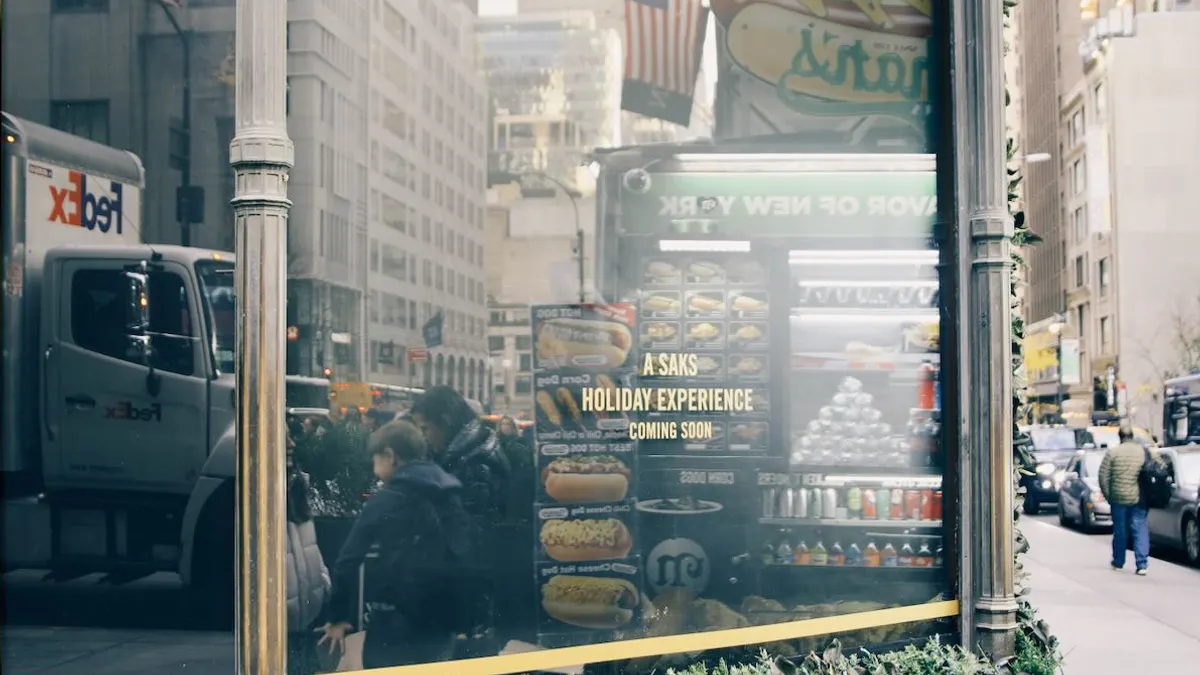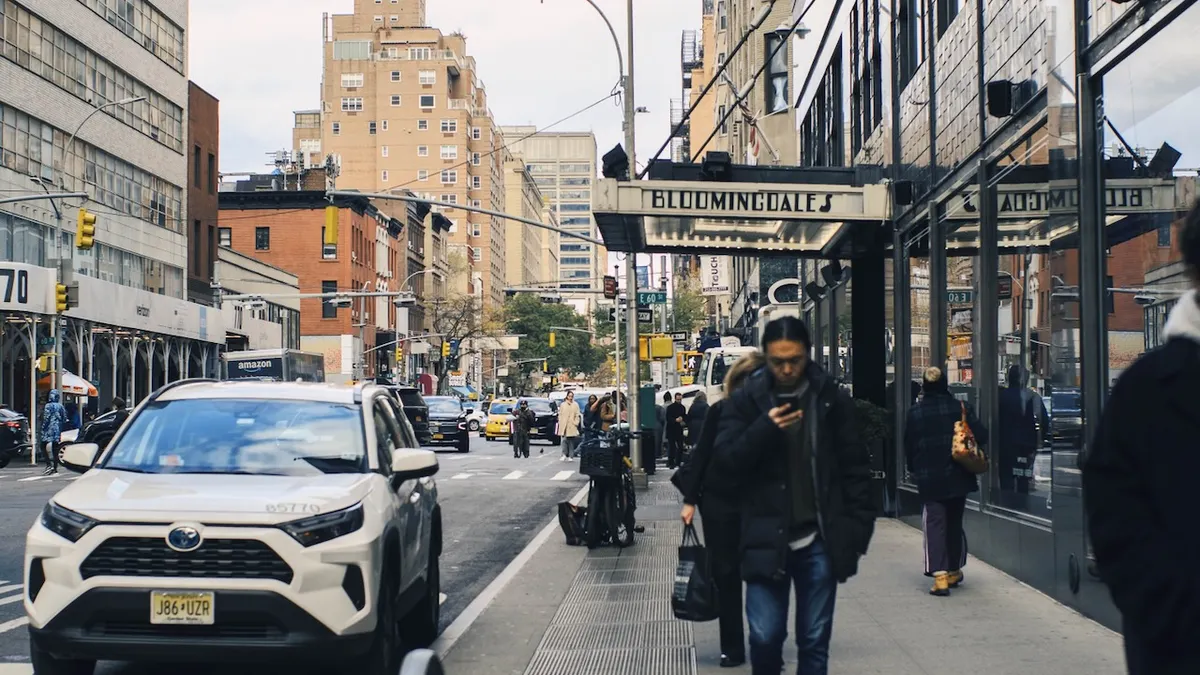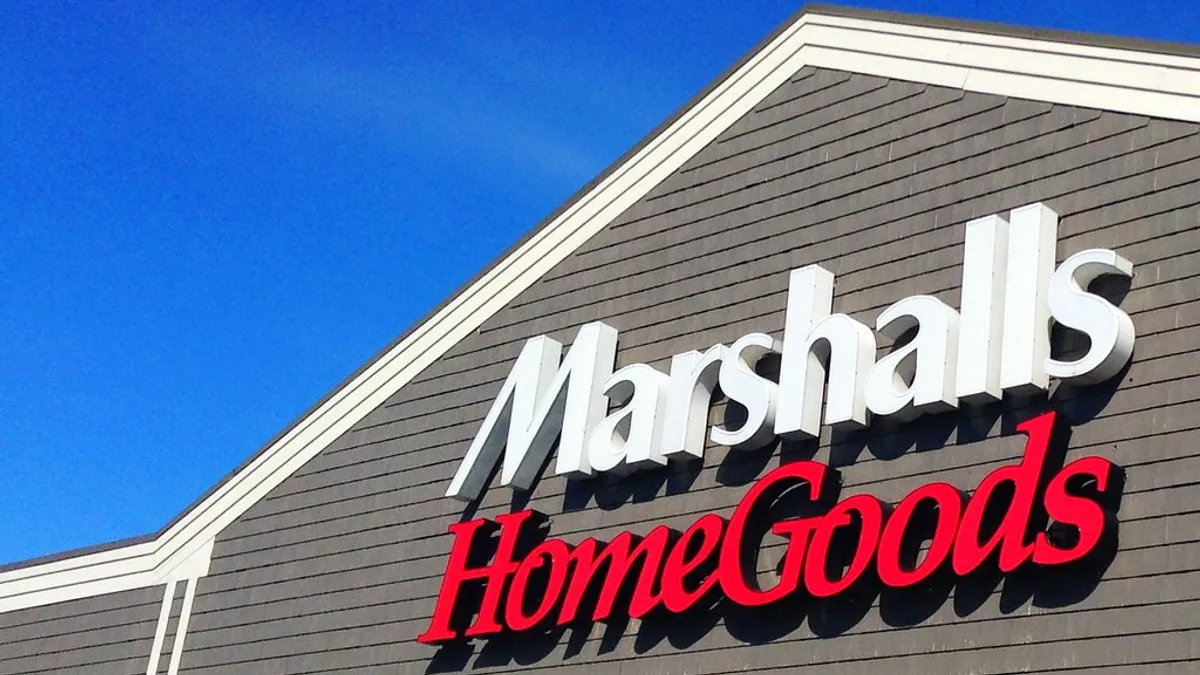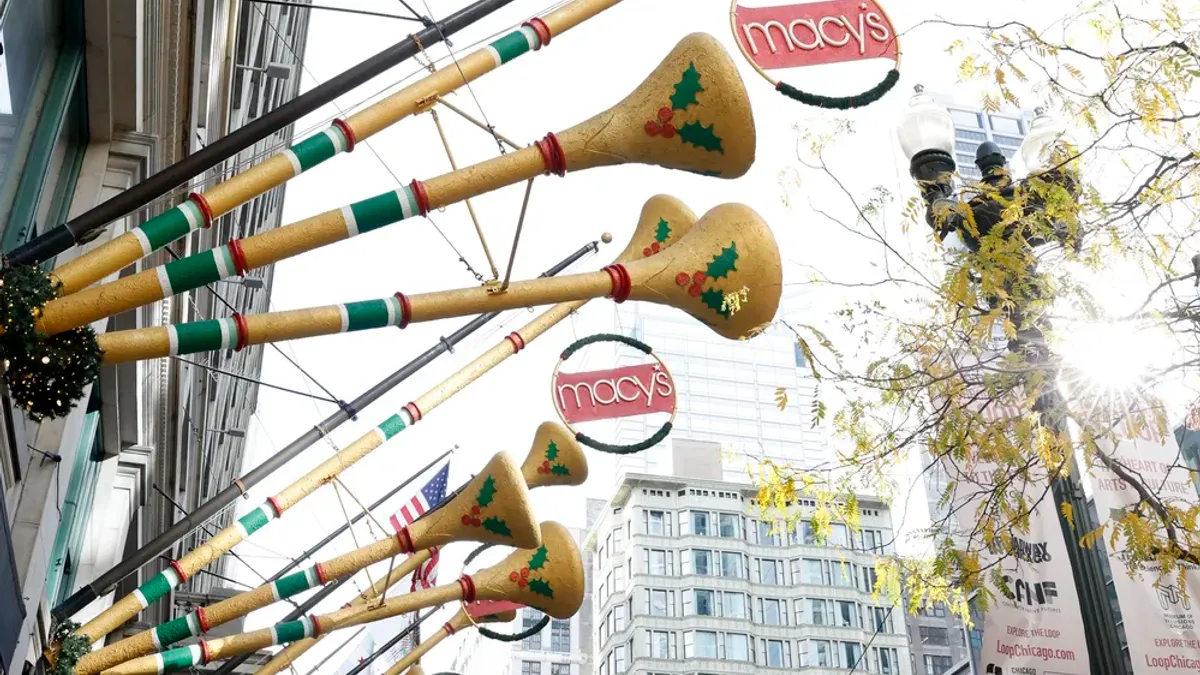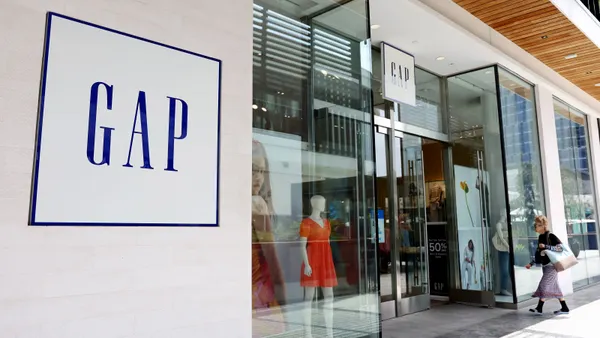After a few years of nail-biting holiday seasons that belied the post-Great Recession economic recovery, retailers this year appear to have the wind at their backs.
Prognostications are already coming in, and things look good. Holiday sales in the U.S. this year are poised to log a 4% year-over-year increase, according to a forecast from Coresight Research. Total retail sales (excluding automobiles and gasoline) in November and December might even top that, "given favorable economic conditions, such as an extremely low unemployment rate, wage growth and modest inflation," according to the report.
Deloitte's number crunchers put that even higher, estimating sales growth between November and January to reach 5% to 5.6% from last year to more than $1.1 trillion, up from the $1.05 trillion last year, when sales grew 4.7% (seasonally adjusted and excluding motor vehicles and gasoline as reported by the U.S. Department of Commerce).
"The economy and the consumer is on fire right now."

Joe Brusuelas
Chief Economist with RSM
Expectations for e-commerce outpace even those healthy numbers: Coresight thinks online retail sales will rise by almost 16% year over year, while Deloitte foresees an increase of 17% to 22%, up to as much as $128 billion to $134 billion.
"The economy and the consumer is on fire right now," Joe Brusuelas, chief economist with global accountancy RSM, told Retail Dive in an email, adding that he also expects holiday spending to outpace last year's 5.5% increase. "The notion of a retail apocalypse, that was in fashion last year, is in decline as household spending fueled by modest wage growth, sustained job creation and improved personal disposable income linked to the 2017 tax cut are likely to result in another robust holiday spending season."
The confident consumer
Consumer sentiment is lofty, but there are some signs it's slipping a little.
Consumer confidence is nearing an 18-year high, according to the Conference Board. September saw yet another increase in that index, moving to 138.4 (based on a probability-design random sample conducted by Nielsen) from 134.7 in August.
"The September reading is not far from the all-time high of 144.7 reached in 2000," Lynn Franco, director of economic indicators at The Conference Board, said in a statement. "Consumers' assessment of current conditions remains extremely favorable, bolstered by a strong economy and robust job growth. … These historically high confidence levels should continue to support healthy consumer spending, and should be welcome news for retailers as they begin gearing up for the holiday season."
The University of Michigan's Survey of Consumers, however, found its consumer sentiment score dropping to 100.1 this week, from 100.8 earlier in September, though that's still only the third time since January 2004 that it topped 100. "All households held very optimistic expectations for improved personal finances in the year ahead," according to the survey's chief economist, Richard Curtin.
The optimism ranges across income levels, he also said. But tariffs appear to be worrying consumers as much as retailers, that research found. "Concerns about the negative impact of tariffs were cited by nearly one-third of all consumers in September," he noted in a statement. "Those that voiced negative views of tariffs also held much less favorable prospects for the economy and held inflation expectations that were 0.6 of a percentage point higher than those who didn't mention tariffs. The pace of growth in real personal consumption expenditures can be expected to average 2.6% during late 2018 and into the first half of 2019."
These heights in consumer confidence were similar in 2000, according to Wells Fargo Securities Senior Economist Tim Quinlan, who said in a note emailed to Retail Dive that there are a number of comparable financial indicators between then and now, including the high stock market, low unemployment and an economy in its 10th year of expansion. But there may not be much oxygen left. "Only in 11 individual months since 1967 have we seen confidence higher than it is today," he wrote. "Nine of those months were in the year 2000. The other two were in 1999. This is the thin air of the high peaks."
The stock market
As many retailers over the last year have handed in quarterly reports of improving sales and traffic, they've also noted benefits from tax cuts and posted investor-pleasing earnings. Tax cuts that are benefiting mostly higher-income individuals and rising stock market wealth also mean that upscale retailers are likely to fare best this season.
"The wage gap and wealth effect linked to rising equity prices over the past two years will likely continue to bolster spending among the upper two quintiles of income earners, which bodes well for luxury goods and experiential travel around the holidays," RSM's Brusuelas said.
"If the stock market is healthy and their job is secure they'll spend money."

Naveen Jaggi
JLL President of Retail Brokerage and Capital Markets
That should make mass merchants wary and could push them toward discounts, while off-price retailers could see good traffic because most shoppers are still on tight budgets. "Corporate profits are being funneled to shareholders, which means the bank accounts of the top 1% might be growing, but most workers are not feeling particularly economically secure," Nell Abernathy, vice president of research and policy at the Roosevelt Institute, told Retail Dive in an email. "So this might be good for luxury retailers, but I don't know that these numbers translate into a mass market boom. Keep in mind, most Americans don't benefit from the market rally — nearly 50% don't own stock. The top 20% percent own 93% of the market."
For now though, while the stock market isn't the same thing as the economy, the bullishness on Wall Street is filtering to Main Street, even for those who don't hold much stock, according to Naveen Jaggi, JLL president of retail brokerage and capital markets, who said that's a lesson from the Great Recession. "If the stock market is healthy and their job is secure they'll spend money," he told Retail Dive in an interview about holiday shoppers. "Consumers today feel confident about their job even if they might not see their wage rising. I would say that the vast majority of the American public is very sensitive to the parallel to the economy and the market because of 2008."
Limits among consumers
Expecting that confidence to hold without some narrowing of the gap between the haves and have-nots isn't realistic, however. Experts warn that not all consumers are participating equally in what commercial real estate services firm Cushman & Wakefield called a "boom" in a macroeconomic forecast released earlier this month and emailed to Retail Dive.
"Headline numbers don't tell the full story of the economy," Abernathy said, calling the situation "the great puzzle of the recent economy."
"GDP growth and low unemployment are essentially meaningless unless that means average Americans are able to afford a middle-class life," she added. "Average wages are not rising — the wage growth we saw last month just barely kept pace with inflation."
The housing boom, both a source and reflection of wealth, may also be tempered by rising mortgage rates, which Freddie Mac noted this week have risen for the fifth straight week to 4.72% — a high not seen since April 28, 2011 (4.78%), according to an email to Retail Dive.
"Higher prices probably mean some gifts won't be checked off shoppers' wish lists this year."

Doug Hermanson
Principal Analyst at Kantar Consulting
That's likely to keep holiday shoppers, at least those outside of the upper-income strata, intent on finding their gifts and supplies at the lowest price possible and opting for online shopping that includes free shipping. That's especially true considering that other cost rises hit lower-income families harder. "The expanding income gap between rich and poor Americans ... when combined with run away healthcare and higher education costs, is actually expanding at a rapid rate and leaving well over half of Americans (some say 75% or more) living paycheck to paycheck," retail analyst Nick Egelanian, president of retail development consultants SiteWorks, told Retail Dive in an email.
Rising retail prices
Yet holiday shoppers this year may not find the level of discounts they've become accustomed to in recent years. Indeed, they're set to face the highest retail inflation (aside from auto and gas sales) since 2011, according to Doug Hermanson, principal analyst at Kantar Consulting.
"Promotions will continue to be a big part of the holiday, but better inventory discipline, rising manufacturing costs and select tariffs will keep retailers from cutting prices as sharply as recent holidays," he told Retail Dive in an email.
Several U.S. retailers have already warned that prices are likely to rise on at least some goods as new tariffs this week took effect on some $200 billion worth of Chinese imports. The chief executives from the likes of Walmart, Target, Gap Inc. and Best Buy, among others, have warned in recent weeks that price hikes are unavoidable, according to various interviews and conference calls. The duties are set at 10% but will rise to 25% at the beginning of next year, according to a letter from the U.S. Trade Representative Robert Lighthizer.
Tariffs and other forces that raise prices on goods and services necessary for day to day life could have shoppers pulling back on discretionary spending, especially if the deals aren't there. "Higher prices probably mean some gifts won't be checked off shoppers' wish lists this year," Hermanson said.
The New Year, and beyond
Tariffs, rising interest rates and increasing prices are all pressures that could hold back consumer spending in coming months, according to Deloitte U.S. economic forecaster Daniel Bachman. "Some of the impact of Fed tightening could be felt before the end of the year. Some observers have speculated the stock market is overvalued," Deloitte noted in its report. "A significant decline in the market could push down consumer confidence and reduce household wealth, both of which would moderate the forecasted rise in retail spending."
But the boom itself has a shelf life, and that's where the U.S. income gap could haunt the retail boom that bodes so well for the holidays, according to Wells Fargo's Quinlan.
"[I]f the labor market is so hot, how come income growth is so tepid? That slower income growth tempers our enthusiasm for the ability of consumer spending to sustain growth indefinitely," he wrote. "For now, the surge in retail sales cannot be denied, and we would be foolish to bet against the consumer with such a solid backdrop for consumer confidence. ... [B]ut what takes the shine off the apple for us is that extremes, by definition, imply 'reaching a high, or the highest degree.' If this is the extreme, there is nowhere to go but down."











